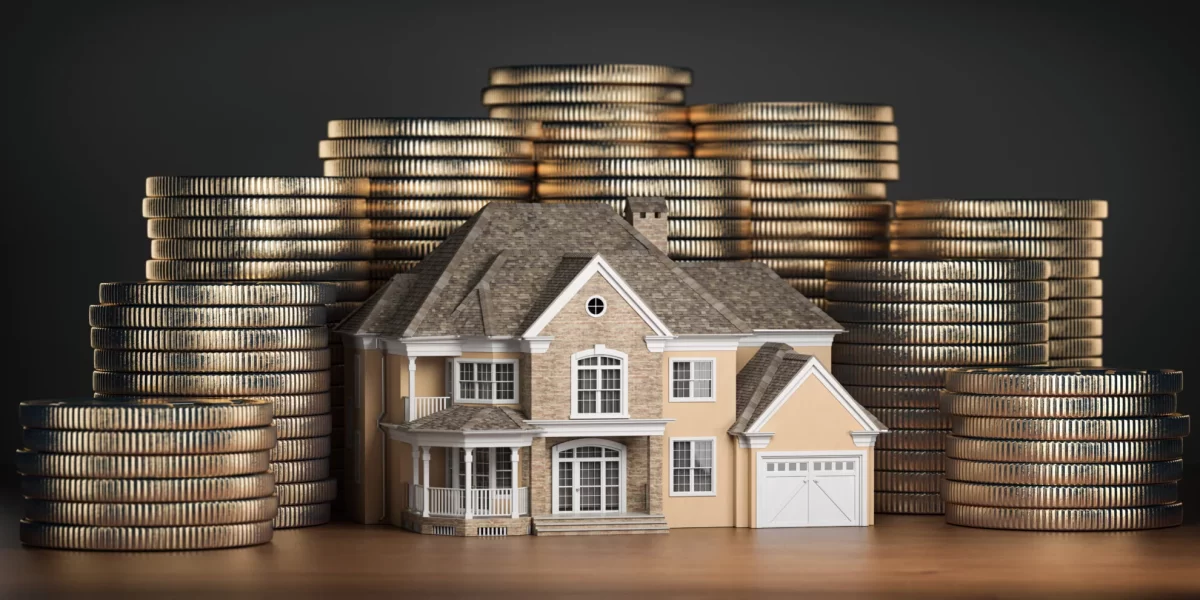As a technology enthusiast, I have always been into innovation that could change the world. That’s when I heard about the fund-raising campaign from the group called UGro that has recently been into real estate tokenization with the motive to bring this technology into our day to day lives. The interview by Mr. Neal Bawa from UGRO started with a brief introduction that eventually was directed towards how the real estate market and financial management would collaborate in coming times.
To begin with, I am Dr. Gurpreet Padda, born in Punjab, India. While I was in my early childhood, I relocated to the US with my family. Being the only brown kid with a turban in an all-Black school, I have known the word discrimination. However, this allowed me to think out of the box, be curious about things happening around and learn the process. This curiosity to know everything took me into science and computers.
As a teenager, I was generally active in doing repair work at home. When things started happening on a larger scale, I took help and ultimately started hiring people for doing some construction work; that’s when I fell in love with real estate. I wanted to earn freedom and co-invest with people, for I had found out.
“A Lone-Wolf isn’t an alpha without its pack!
How Did I Become Interested In Blockchain, Real Estate, Crypto, And Tokenization?
Well, my academic background is pretty self-explanatory. Being a computer geek and having an MBA degree majoring in International Finance justifies my passion for technology and finances at a global level. I have always wanted to know how transactions occur, and this has a rather serious story behind it.
I have known that about 5.5% of international transactions, which is for the general public, are secured into middle mens’ pockets. I wanted to find out how these transactions happen, why they happen, and what can be done to stop this wastage of capital? Why can’t families live across nations transfer money without involving any mediator?
My findings gave me hints about cryptocurrency, which indeed is fascinating. So I learned about fiat currency which can be used for tokenization to bring liquidity into the entire real estate market. In my opinion, we’re at the beginning of a new revolution where complete computer systems are upgrading the ability to make transactions where the transferring value to one another is tokenized.
How To Avail Tokenized Contracts For Cost-Effective Transactions?
With these questions in mind, I tried to figure out contract languages to make them cost-effective, and quicker to share the assets with others. Not to forget the low-risk profiling that is to be maintained. Hence, I invested in this fund-raising contract with UGRO for the sole purpose of getting into tokenization.
For people newly introduced to the term, Neal explains that tokenization is the conversion of real estate into stocks or stock-like qualities.
In the case of the general share market, if someone talks about a particular stock with the potential to go bullish shortly, we tend to take positions real quick in the matter of a few clicks, affecting the financial market. However, that’s not the case with Real Estate Investment. It’s more complex than it looks.
Real estate is three times larger than the share market. Moreover, the market is highly illiquid, and now the solutions have been revealed. People in the field say that blockchain can be used to find a much faster and more secure way to demonstrate real estate so that anyone around the globe can take a position in the US Real Estate Market. The best part is that US real estate is the topmost blue-chip real estate in the world.
The fact that tokenization is already being done by many makes it all the way more special. But this needs to be done with the right process as follows:
The first component is to take ownership of something and put that ownership into a token that can be described precisely.
The tokenized property will represent a fragmental possession of real estate that can be demonstrated in your social groups and families concerning returns. “Token Represents A Real Thing”, is where it all starts.
The next step is to liquify these tokens. Since commercial real estate investing is an illiquid capital diversification, turning this into a liquid asset and putting it on 24*7 markets require real work.
However, there are problems associated with being a limited partner in real estate. First, one needs to keep the investment the entire time, which would dramatically change as soon as tokenization enroots in the scenario.
Finally, assigning value to these tokens.
A commercial real estate investment company’s management team is an independent figure regulating and managing these real estate tokens. With this, one would be able to stake the token and get a loan or even sell some part of it, which will lead to a decentralized and tech-savvy Financing System or as said Defi, which would further be utilized to generate revenue streams out of it. Therefore, the leverage position improves gradually. This is because an asset will hold its value; people would be willing to lend you even on the underlying asset value.
As Neal mentioned, tokenization is the opportunity to open the gates of a new era worth $10-100 trillion. However, here comes the pain point- not everybody will believe in this initiative. Yet one needs to pick the right team in the argument.
But, how do we pick the right team and the right management? After all, it’s the management that will manage and develop the property we want in terms of valuation!
Your ideal team would be the one with an excessive understanding and experience of both the financial and Real Estate world. They would first need to answer the question- Why would people want to go for tokenization?
Once you know how to access a token, how to keep it safe? how to transfer these tokens safely and cost-effectively? Then, you automatically cut out the middlemen and will be able to make any real estate NFT transactions in a few clicks.
And that is the reason UGRO’s fund-raising campaign for tokenization caught my eye. The management understands technology and its integration with the real estate market, making them the right team to pick for a complete Proptech System. I have experience working in several domains, and as per my observation, a team needs to have three things to be able to create a decentralized financial system for investors;
- Financial background.
- Technical background.
- Property management background.
Neal says that UGRO is planning on tokenizing individual luxury fourplexes with small shares of the company. However, the plan doesn’t just end here. The thing that surprised me was that these people were much ahead of what they could imagine as the future of the real estate market. With a $70 million fund, they envision creating a metaverse; creating digitally twin buildings to put them on metaverse would open up the data to any buyer in the world who would wish to invest in US real estate. Hence, the sale that is supposed to take place in around 6-7 months would eventually happen in 10-15 days.
That’s quite interesting, for it serves the vision: Entire Real Estate Tokenized. Yet the process needs to be followed accurately, and it’s the management that will demonstrate the beginning of this revolution. Not just us; in reality, many monopolies are already headed in this direction.
Hence, all in all, to be a successful investor in the field, always choose the right group to invest with- and that’s what UGRO believes in.
www.redpillkapital.com
If you simply need more information. have questions, or want to discuss a specific deal, I’m always excited to help. Reach out to me at info@redpillkapital.com
If you are ready to start your journey to financial freedom but want specific additional educational materials, we have a course designed for physicians.




